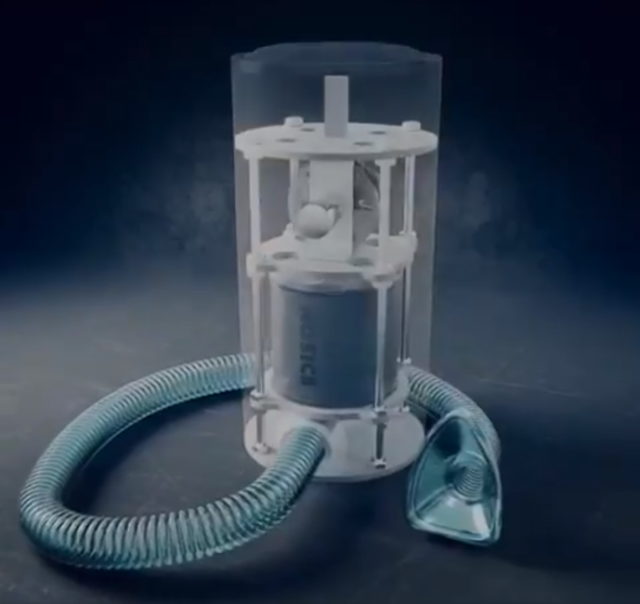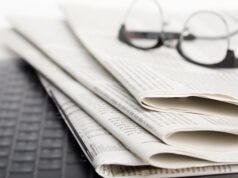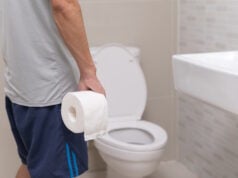
In a recent interview with Cheddar, tech investor Shervin Pishevar discussed the Federal Government’s response to COVID-19. He emphasized his belief that there is more that needs to be done to help not only the many individuals impacted by this virus but the countless companies and small businesses as well.
And while the angel investor emphasized the importance of maintaining the markets, the economy and public health initiatives, this isn’t the only way in which the investor is taking initiative.
Pishevar recently announced that he will be using 3-D printing technology to donate much-needed medical supplies to hospitals battling this pandemic.
Yesterday, I was amazed to see a volunteer team in Mexico 3D printing and laser cutting the first prototype of the @HealthOSnetwork open sourced ventilator. Led by @pablogv and Jude Vargas. Power of distributed, open sourced systems. pic.twitter.com/bjUgbfF6Hn
— Shervin Pishevar (@shervin) March 28, 2020
There is no denying that medical supply production has been one of the cornerstone issues for hospitals around the country who are working to help keep their patients alive. Hospitals are at capacity and unable to provide their staff with the safety equipment they need. At the top of the list of much-needed supplies has been open-source ventilators and medical masks.
These hospitals at the front lines are burning through necessary supplies faster than they can get them, with many healthcare workers turning to trash bags and bandanas to stay protected, and even having to put multiple patients on the same ventilators.
Together with Edison HealthOS, one of the nation’s leading health care tech companies, Pishevar and his team are attempting to find a solution to this devastating shortage.
This solution is called the Edison HealthOS Open-Sourced Ventilator.
Progress on the design of the Edison HealthOS open-sourced ventilator. Please email Dr. Sarah Haynes at sarah@edison.co to collaborate. Need project management, engineering and medical volunteers. pic.twitter.com/5COcuKocY2
— Shervin Pishevar (@shervin) March 21, 2020
The former scientist recently announced he will be donating $100,000 from his family foundation towards funding the supply production of this project. Pishevar’s sister, Dr. Sarah Haynes, will help lead the project. According to an interview with FOX Business, Pishevar and his team have been working “nonstop” for several weeks to come up with a solution that will help this national shortage.
The team has projected they will be able to print more than 1,000 ventilators with this effort.
This is a staggering amount considering there are only approximately 100,000 ventilators currently in the United States. However, some experts are predicting the country will need up to 750,000 to handle the demand of the coronavirus pandemic.
How exactly is this being done on such a tight budget, when experts state the average ICU Ventilator can cost $45,000 or more?
It is all possible with 3D printing.
Each of the ventilators are printed out in 15 pieces and then assembled, all in a secured facility in Brooklyn, New York. Using 3D printing technology, the cost per ventilator is much more cost-effective. The facility has 20 different 3D printers working on the job—but more help is needed.
Pishevar and his team aren’t the only ones that are stepping up to help with this shortage. Other organizations are helping with additional equipment, including masks and shields.
According to NPR, a group of Cornell researchers, students and professors recently created around 400 face shields with 3D printing.
The Montana Science Center, although temporarily closed to the public is also stepping up and using their 3D printer to create respiratory masks. There are even several Nebraska schools who are donating their actual 3D printers and supplies to the Faith Regional Hospital in Norfolk, NE to help create necessary safety equipment.
Efforts like this aren’t completely closing the shortage gap, but they have been able to provide hospitals with equipment that is otherwise very difficult to locate right now. Many doctors and nurses are being forced to reuse masks and protective gear that would otherwise be one-time-use only while they work long shifts at the hospital.
According to Pishevar, they need even more help with the effort—and they are calling on volunteers and engineers to start independently printing the ventilators on their own available 3D printers. The team has posted the exact instructions online to encourage more people with access to 3D printers to start contributing to their efforts.
Pishevar is also using Twitter to encourage more people to help with their Edison HealthOS Ventilators, asking for project managers, engineers and medical volunteers to help bring this project to fruition.
He is also asking for volunteers to help bring another new essential piece of safety equipment to market. On March 30th, Pishevar announced that with 1,000 volunteer 3D printers using his prototypes, HealthOS could print as many as 10,000 face shields per week. These face shields have become essential pieces of equipment for nurses, doctors and healthcare personnel in hospitals to keep themselves protected and safe from this highly contagious disease. The shields, along with N-95 face masks, protect medical workers from airborne droplets that may contain the virus.
With efforts like this underway, HealthOS is encouraging those with access to 3D printers to follow prototypes like these to help bring essential equipment to the many healthcare workers risking their lives to keep the country safe during this pandemic.












